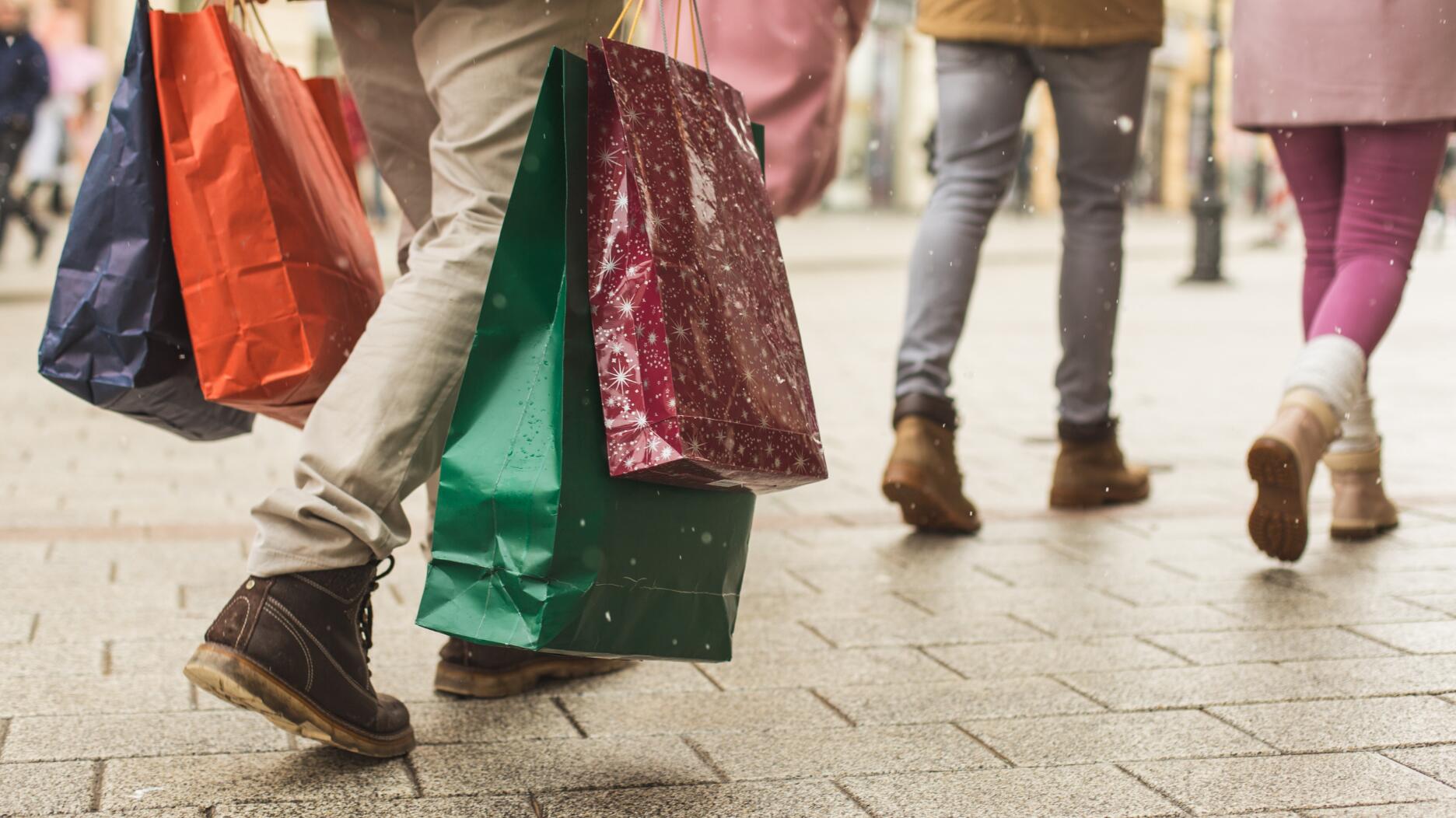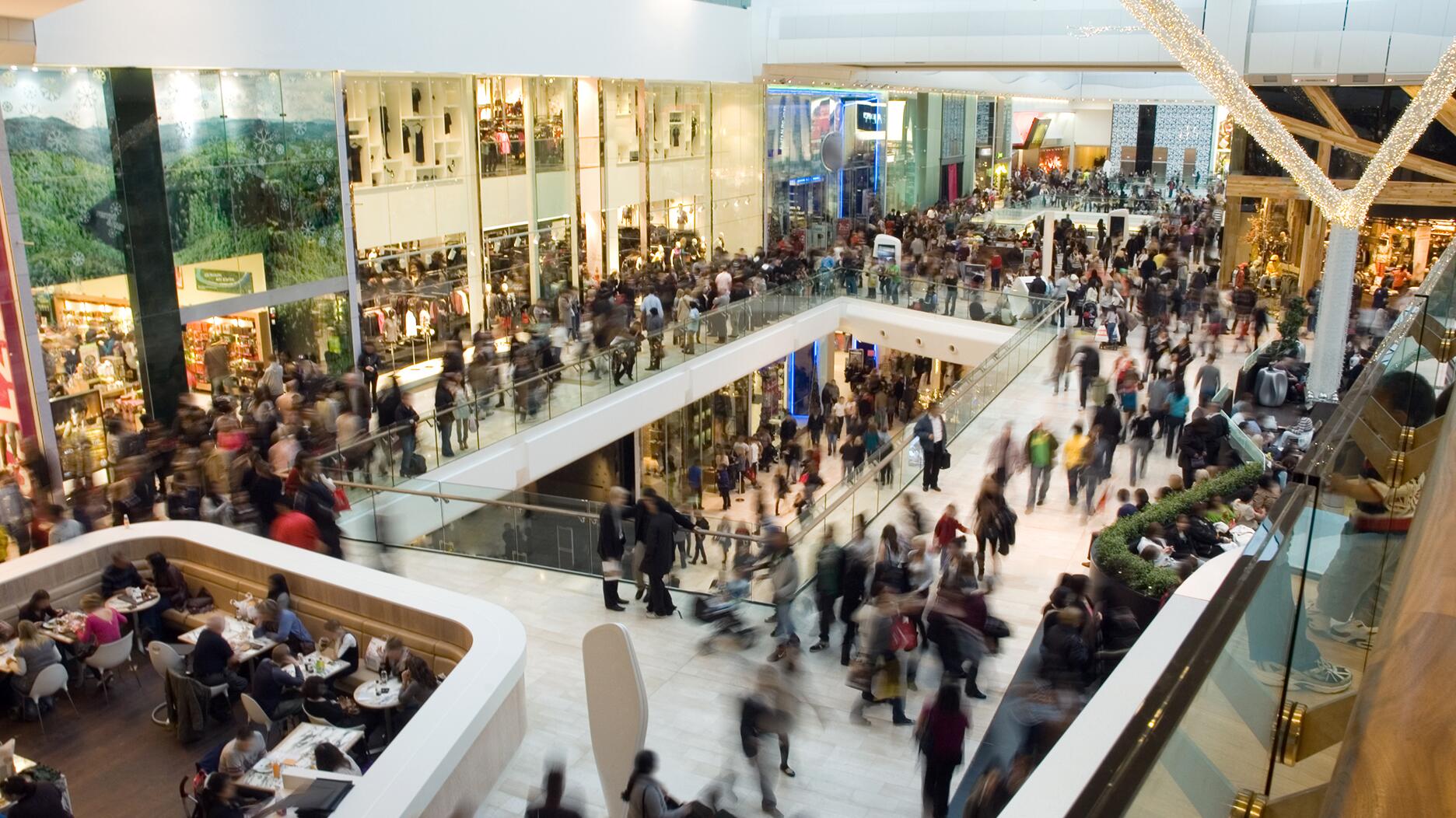The special-edition egg pendant ingested in a New Zealand jewelry store was recovered after a six-day wait.
4 Insights on the Importance of Third-Party Verification
MVI Marketing asked 1,500 jewelry consumers about the knowledge that drives their purchasing decisions and where they put their trust. Here’s what they said.
New York—It’s not just gems and jewelry; consumers today are demanding to know more about the origin of all the products they buy and their paths to market.
Consumers are also increasingly putting their trust in independent third-party verification of product claims, a new survey shows.
MVI Marketing recently conducted a survey to understand the importance to jewelry buyers of independent third-party verification on claims of social and environmental impact or country of origin by diamond manufacturers, brands and retailers.
It polled 1,506 people in the United States and Canada, all of whom had purchased or received fine jewelry within the past year.
Here are four insights gleaned from the survey’s results.
1. Knowledge of social and environmental responsibility and country of origin claims affects purchasing decisions.
When asked how often they make a purchase because the product claims to be “environmentally friendly,” 42 percent of survey-takers said “very frequently,” while 45 percent said “somewhat frequently.”
A total of 40 percent indicated they make purchases “very frequently” when a product claims to be made with recycled material. Thirty-eight said the same for organic products while 29 percent buy “very frequently” when a product claims to be fair trade.
Those who purchase “somewhat frequently” are at 45 percent for recycled material, 38 percent for organic and 43 percent for fair trade.
Survey-takers were also asked to rank which information, other than price, is most important for them to know prior to purchasing diamond jewelry.
At No. 1, not surprisingly, was the 4Cs, followed by a grading report and the reputation of the diamond or jewelry brand.
Following at No. 4 is knowledge that a diamond has been mined using socially and environmentally responsible methods.
No. 5 is the retailer’s reputation, and at No. 6 is that a lab-grown diamond has been created using socially and environmentally sustainable methods.
Falling at No. 7 is whether the diamond is lab-grown or mined and at No. 8 is its country of origin.
What’s more, when asked if knowing that a lab or mine has an adverse social and/or environmental impact would affect their purchase, 47 percent said yes, they would not buy that product, while 30 percent said it would “somewhat affect” their decision.
On the flip side, survey-takers were asked if they would be swayed to buy a piece of diamond jewelry knowing the lab or mine has a
Fifty percent said yes while 34 percent said it would “somewhat affect” their decision.
2. Consumers value third-party verification of a diamond’s country of origin and of companies’ social and environmental compliance.
When asked about the importance of third-party verification of a natural diamond’s country of origin and of compliance through independently created standards, 48 percent said it’s “very important” and 41 said it’s “somewhat important.”
For lab-grown diamonds, 44 percent said it’s “very important” while 42 percent said it’s “somewhat important.”
Not surprisingly, consumer confidence increases with third-party verification.
Survey takers were asked to rate, on a scale of 1 to 5, their confidence in a set of standards.
The mean rating was 3.1 for a set of standards created and reported by the company selling the product, but rose to 3.8 when the standards were created by a cross-section of parties and verified by a third party.
Respondents indicated that the latter is important because it offers a higher credibility (21 percent) and transparency (20 percent), uses industry best practices (17 percent) and provides independent quality control (17 percent).
3. Consumers will exhibit brand loyalty for third-party verification.
The survey asked participants if they would be more loyal to a brand or retailer that sells diamonds certified by an independent, third-party verification company.
The answer: 89 percent of consumers said yes (67 percent) or maybe (22 percent).
4. Consumers will pay more to know where their diamond jewelry comes from and what impact it had along the way.
Thirty-four percent of survey-takers said they would pay retail plus 5 percent to know for certain their diamond has been responsibly mined or grown in a lab using sustainable methods, while 20 percent said they would pay retail plus 10 percent for that knowledge.
Country-of-origin claims prompted 32 percent of respondents to indicate they’d pay retail plus 5 percent, and 17 percent to say retail plus 10 percent.
Thirty-one percent would pay retail plus 5 percent for independent verification of claims, while 20 percent would pay retail plus 10 percent.
A total of 30 percent of survey-takers said they’d pay retail plus 5 percent to know their lab-grown diamonds were traced from lab to market and 20 percent indicated they’d pay retail plus 10 percent for this knowledge.
The Latest

Associate Editor Natalie Francisco plays favorites with Piece of the Week, selecting a standout piece of jewelry from each month of 2025.

The “Love and Desire” campaign is inspired by the magic that follows when one’s heart leads the way, said the brand.

How Jewelers of America’s 20 Under 40 are leading to ensure a brighter future for the jewelry industry.

Two awardees will receive free tuition for an educational course at the Swiss lab, with flights and lodging included.


Berta de Pablos-Barbier will replace Alexander Lacik at the start of January, two months earlier than expected.

Sotheby’s held its first two jewelry sales at the Breuer building last week, and they totaled nearly $44 million.

Roseco’s 704-page catalog showcases new lab-grown diamonds, findings, tools & more—available in print or interactive digital editions.

Winners will receive free registration and lodging for its fourth annual event in Detroit.

Here are six ideas for making more engaging content for Instagram Reels and TikTok, courtesy of Duvall O’Steen and Jen Cullen Williams.

The honorees include a notable jewelry brand, an industry veteran, and an independent retailer.

Carlos Jose Hernandez and Joshua Zuazo were sentenced to life without the possibility of parole in the 2024 murder of Hussein “Sam” Murray.

Yood will serve alongside Eduard Stefanescu, the sustainability manager for C.Hafner, a precious metals refiner in Germany.

The New Orleans jeweler is also hosting pop-up jewelry boutiques in New York City and Dallas.

Set in a Tiffany & Co. necklace, it sold for $4.2 million, the highest price and price per carat paid for a Paraíba tourmaline at auction.

The jeweler’s “Deep Freeze” display showcases its iconic jewelry designs frozen in a vintage icebox.

Take luxury gifting to new heights this holiday season with the jeweler’s showstopping 12-carat sphene ring.

This year's theme is “Unveiling the Depths of the Ocean.”

In its annual report, Pinterest noted an increase in searches for brooches, heirloom jewelry, and ‘80s luxury.

Starting Jan. 1, customers can request the service for opal, peridot, and demantoid garnet.

The 111-year-old retailer celebrated the opening of its new location in Salem, New Hampshire, which is its third store in the state.

The new catalog features its most popular chains as well as new styles.

The filmmaker’s personal F.P. Journe “FFC” prototype was the star of Phillips’ recent record-setting watch auction in New York.

The new location in the Design District pays homage to Miami’s Art Deco heritage and its connection to the ocean.

“Longtime favorite” presenters, as well as first-time speakers, will lead talks and workshops at the annual event in Tucson next year.

Silas Smith of Meridian Metalworks won the challenge with his pendant that blends Australian and American landscapes.

The sale of the 31.68-carat, sunset-hued stone was part of Sotheby’s first series of events and auctions in Abu Dhabi.



























